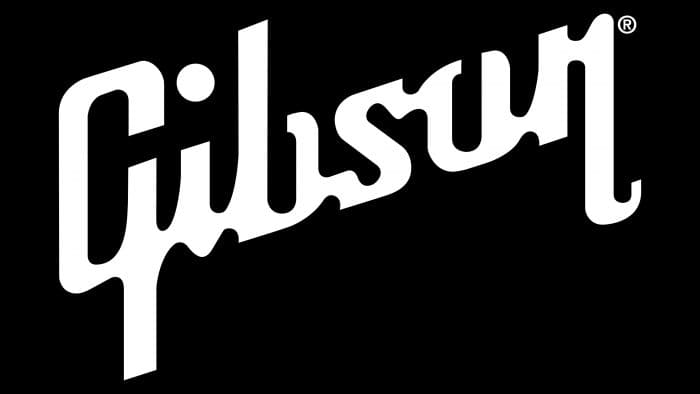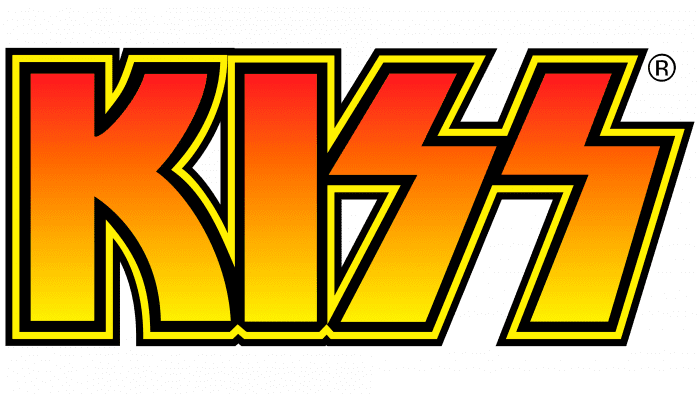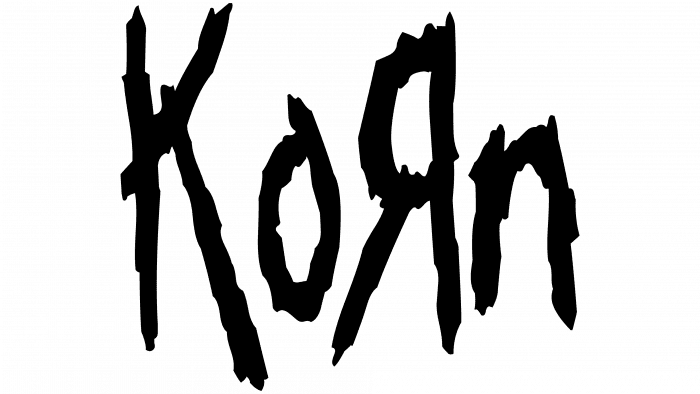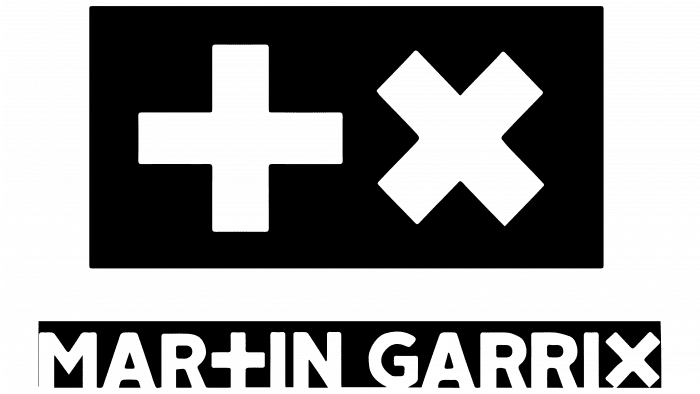The body curves are reminiscent of the Gibson logo. The emblem is stylish and indicates the mesmerizing music created with the brand’s instruments. The perfect fit of all components contributes to the virtuoso sound.
Gibson: Brand overview
| Founded: | 1902 |
| Founder: | Orville Gibson |
| Headquarters: | Nashville, Tennessee, United States |
| Website: | gibson.com |
Meaning and History
The brand was named after its creator, who was passionate about music. The debut logo was introduced in 1908. The original image has always remained a textual one and has evolved into a recognizable sign. At first, there were two words in it, and then one. Over the years, minor adjustments were made that did not affect the essence of the emblem.
What is Gibson?
Gibson is a US guitar company. It appeared in the early 1900s. Today, this manufacturing company owns several trademarks, under which it produces various types of tools.
1908 – early 1920s
The designers used the name of the trademark – The Gibson, as a brand symbolism. It was drawn in italics on the inside of the body or the top of the neck.
1920 – 1928
During this period, the first logo redesign took place. The developers have used bold type with thicker letters. In contrast, the “G” and “N” symbols remained unchanged. The writing is oblique or straight, depending on the class of the guitar.
1928 – 1933
The year 1928 brought one of the most radical changes: the article “The” disappeared from the brand name. Only the word “Gibson” remains. Also, there were several versions in use, differing in the inclination of the letters.
1933 – 1947
Experiments with the logo continued with variations in color palette and line thickness. So there was a variant consisting of a combination of gold with black and white.
1947 – 1951
This period is the most significant in the logo’s history: then the foundation of the modern label was laid. The brand has replaced italic type with block type. At “G,” the designers have lengthened the tail, bringing it closer to the guitar’s image. Leg “n” was also extended, and lowercase letters “b” and “o” was made open.
1951 – 1967
The style of the emblem remains the same, but the inscription is now slanted. The dot above the “i” is separated from the “G.”
1967 – 1970
In 1967, the brand name was given a new square-shaped font. The corners on straight lines have become rounded, reinforced, and wide, the signs “b” and “o” – closed. The dot at “i” has disappeared.
1970 – 1972
The designers replaced the neck with a black backing and placed the brand logo on it. The writing style was kept the same.
1972 – 1981
The only change to that period’s logo was the next return of the dot to the letter “i” This sign is still relevant and remains unchanged, emphasizing elegance.
1981 – today
In 1981, the branding underwent the last redesign. The spellings “b” and “o” became open again. Leg “n” was made elongated, so it is proportional to the letter “g.”
Gibson: Interesting Facts
Gibson is a big name in music, known for its impact on the industry and culture.
- Start: Gibson began in 1902 in Kalamazoo, Michigan, thanks to Orville Gibson. It first made mandolins, then guitars.
- Les Paul Guitar: Introduced in 1952, the Les Paul guitar, made by musician Les Paul, is a rock icon.
- SG Standard: The SG, launched in 1961, is lighter and uniquely designed. It’s popular in rock and metal music.
- Acoustic Innovations: The J-45, called “The Workhorse,” has been loved since 1942 for its sound and flexibility.
- Famous Musicians: Legends like B.B. King and Jimmy Page have played Gibsons, adding to its fame.
- Flying V and Explorer: These guitars, introduced in the 1950s, had bold designs. They didn’t sell well at first but are now iconic.
- Bankruptcy and Comeback: Gibson faced financial troubles and filed for bankruptcy in 2018 but bounced back the same year, refocusing on musical instruments.
- Jazz Influence: The ES-175, from 1949, is a top choice for jazz with its warm sound.
- Digital Innovation: The Robot Guitar, out in 2007, quickly tunes itself to different settings.
- Legacy: Gibson is more than an instrument maker; it’s a key part of music history and culture.
These points show Gibson’s role in shaping music through innovative products and close ties with famous musicians. Gibson isn’t just about creating instruments; it’s about creating music’s future.
Font and Colors
Gibson has always been distinguished by elegance and grace. Although the logo has undergone many changes, it retains a flavor that reflects a unique style. Its features are unobtrusive italics, wide lines, a bunch of letters, and an elongated font. The palette is monochrome: it is dominated by a combination of black letters on a white background. Some versions have added the word “USA” in gray or red.
FAQ
What is the Gibson symbol?
The famous guitar brand’s symbol was last updated in 1981. This change brought back the open letters “b” and “o,” with the “n” connected to the top of the “o.” This design gives the logo a unique and recognizable look.
The Pearl Gibson logo is elegant and timeless. Over the years, it has had minor redesigns but has always kept the brand’s distinct style and passion. The logo reflects Gibson’s long tradition and commitment to quality, showing its deep roots in the music industry.
When did Gibson change their logo?
Gibson changed its logo in 1981, introducing the design we recognize today. The “b” and “o” were opened up again, and the “n” was connected to the top of the “o.” This final form took seventy-three years to develop.
This redesign marked a significant point in the brand’s history, solidifying its visual identity. The updated logo reflected the brand’s commitment to a timeless and distinctive style, aligning with its reputation for quality and craftsmanship in the music industry.
What font does Gibson use?
The brand uses a condensed version of the Trade Gothic font for its branding. This font is reserved for logos and special uses, ensuring a consistent and recognizable look. Trade Gothic is known for its clean and modern appearance, which complements the brand’s image of quality and craftsmanship.
The choice of Trade Gothic shows the brand’s commitment to a timeless and elegant style. The condensed version creates a compact and distinctive logo, making it easily identifiable. This font choice aligns with the brand’s dedication to excellence and its long-standing tradition in the music industry.
When did the Gibson logo change?
The most dramatic change to the logo came in 1949. This redesign introduced a new logo that became the foundation of the brand’s identity. The logo had a more modern and streamlined look, matching the brand’s evolving image.
This change was a significant point in the brand’s history and set the visual tone for the future. The updated logo was designed to be timeless and easily recognizable, showing the brand’s commitment to quality and craftsmanship.
The redesign laid the groundwork for later updates, including the notable changes in 1981. These updates refined the logo while keeping the core elements introduced in 1949, ensuring the brand’s visual identity stayed strong and consistent.
Who created the Gibson guitar?
Orville H. Gibson, an American luthier, created the Gibson guitar; he founded a company to produce musical string instruments.
Orville’s early instruments were known for their unique construction and superior sound. He introduced archtop designs inspired by the carved tops of violins, which set the brand’s guitars apart from others.
The company grew quickly, becoming a major player in the musical instrument industry. Over the years, the brand expanded its product line to include electric guitars, further enhancing its reputation for quality and innovation.
Is my Gibson fake?
To check if your guitar is fake, look at these key features:
- Neck Binding: On a real Gibson, the binding almost completely covers the edges of the frets. The guitar is likely fake if the binding does not cover the fret edges.
- Logo: The logo should be inlaid on the headstock.
- Serial Number: The serial number should be stamped or engraved and match Gibson’s format.
- Build Quality: Genuine Gibsons have high-quality materials and precise construction.
When did Gibson dot the I?
The separate dot above the “i” in the brand name first appeared in 1951. Before this change, the dot was connected to the neighboring letter “G.” This design adjustment made the logo more distinct and legible.
This change marked a subtle yet important refinement in the brand’s visual identity. It enhanced the clarity and modern look of the logo, making it more recognizable in the music industry.





